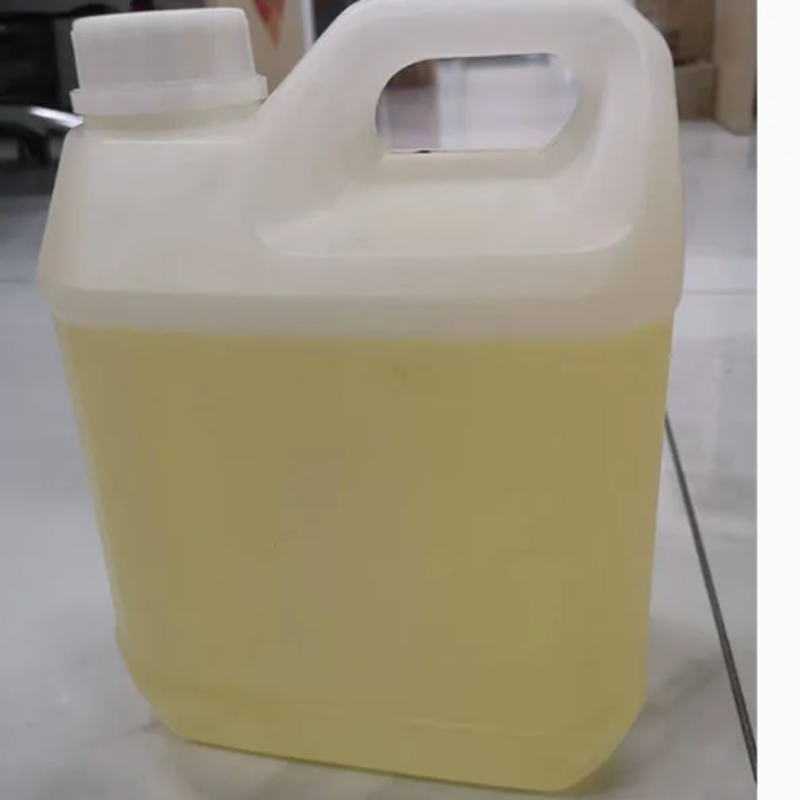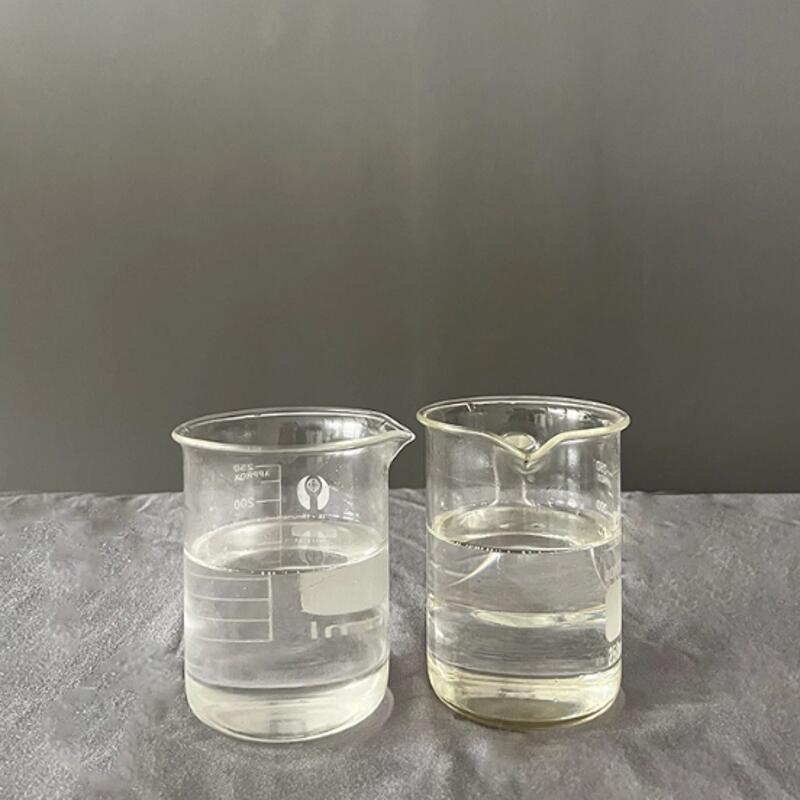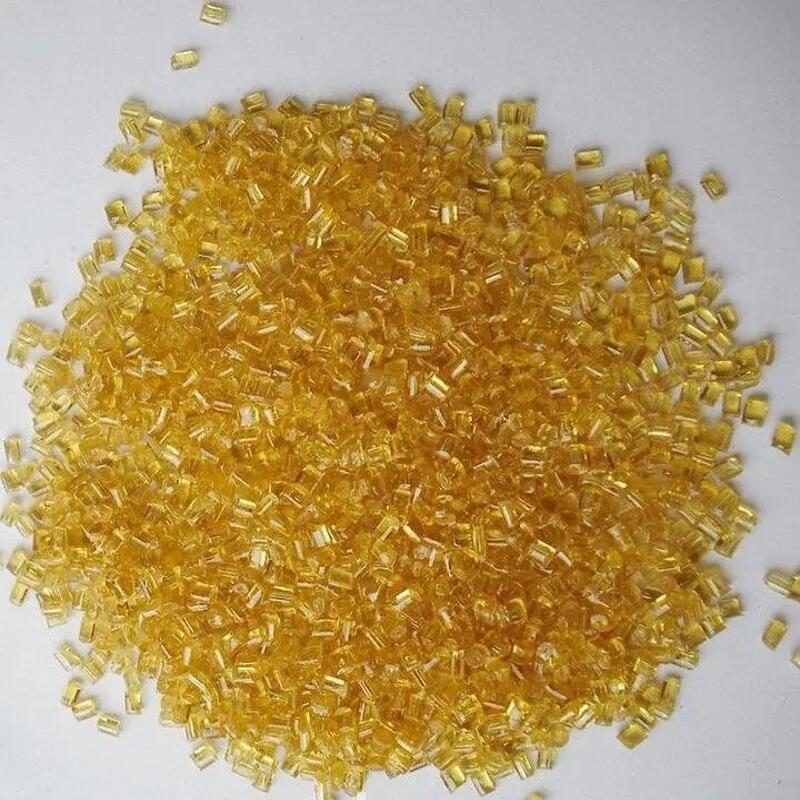-
Categories
-
Pharmaceutical Intermediates
-
Active Pharmaceutical Ingredients
-
Food Additives
- Industrial Coatings
- Agrochemicals
- Dyes and Pigments
- Surfactant
- Flavors and Fragrances
- Chemical Reagents
- Catalyst and Auxiliary
- Natural Products
- Inorganic Chemistry
-
Organic Chemistry
-
Biochemical Engineering
- Analytical Chemistry
-
Cosmetic Ingredient
- Water Treatment Chemical
-
Pharmaceutical Intermediates
Promotion
ECHEMI Mall
Wholesale
Weekly Price
Exhibition
News
-
Trade Service
From 2016 to 2018, the growth rate of Jushun’s total operating income decreased from 119.
13% in 2016 to 55.
56% in 2018
.
A few days ago, Hangzhou Jushun New Materials Co.
, Ltd.
(hereinafter referred to as Jushun) issued a prospectus and planned to be listed on the Shanghai Stock Exchange for an initial public offering.
The lead underwriter is GF Securities Co.
,
Ltd.
It is reported that Jujushun issued no more than 790 million shares this time, accounting for no less than 25% of the total share capital after the issuance
.
Polyshun has been focusing on the field of polyamide 6 chips (hereinafter referred to as nylon 6 chips) since its establishment.
For different applications, the company's main products include fiber-grade chips, engineering plastic-grade chips, and film-grade chips, which are widely used.
It is used in the manufacture of nylon fibers (including domestic fibers and industrial fibers), engineering plastics and films
.
Jushun was once a listed company on the New Third Board and was delisted in December 2017
.
Looking at the company's prospectus, it was noted that from 2016 to 2018 and the first half of 2019 (hereinafter referred to as the reporting period), Jushun's main business income was 860 million yuan, 1.
3 billion yuan, 2.
02 billion yuan, and 1.
13 billion yuan, respectively.
Sales The cash received from goods and labor services were 490 million yuan, 550 million yuan, 800 million yuan and 510 million yuan respectively, the latter growing at a slower rate than that of operating income
.
In addition, the company's comprehensive gross profit margins were 10.
84%, 10.
66%, 10.
11% and 9.
46%, showing a downward trend and lower than the average of comparable listed companies
.
Weak solvency
Weak solvencyWind data shows that from 2016 to 2018, Jushun’s total operating income was 860 million yuan, 1.
3 billion yuan, and 2.
02 billion yuan respectively, and the growth rate dropped from 119.
13% in 2016 to 55.
56% in 2018
.
While the growth rate of revenue and profit is gradually declining, the company's total debt is on the rise
.
The prospectus shows that during the reporting period, the total liabilities of Jushushun were 300 million yuan, 310 million yuan, 370 million yuan and 650 million yuan, respectively, with an asset-liability ratio
.
It can be seen that in the first half of 2019, current liabilities increased by 80% compared with 2018; at the same time, the asset-liability ratio also increased by 11.
4 percentage points compared with the end of 2018
.
In addition to the sudden increase in the value of current liabilities, the "Investment Times" researchers noticed that the company's inventory also has a rising trend
.
At the end of each period of the reporting period, the balance of aggregated inventory was 65.
74 million yuan, 66.
42 million yuan, 81.
59 million yuan and 150 million yuan respectively, and the book value of inventory at the end of each period accounted for 23.
15%, 27.
54% and 25.
65% of current assets respectively
.
The backlog of the company's inventory, in addition to increasing management expenses, also reduces the utilization rate of the company's current assets to a certain extent
.
In the prospectus, Jushun said that the company’s financing methods are relatively simple, and the funds invested in all aspects mainly come from bank loans, resulting in a relatively high asset-liability ratio and low current ratio and quick ratio
.
At the end of each period of the reporting period, the company's asset-liability ratios were 55.
36%, 52.
24%, 44.
68% and 56.
08%, respectively; in each period of the reporting period, the company's current ratios were 0.
96, 0.
84, 0.
91 and 0.
97, and the quick ratios were 0.
74 and 0.
61.
, 0.
68 and 0.
73
.
During the reporting period, Jushun mainly obtained bank loans by providing mortgage guarantees for its own houses, buildings, machinery and equipment and other fixed assets and land use rights
.
As of the end of the reporting period, the company's fixed assets with a book value of RMB 120 million were mortgaged, accounting for 30.
24% of the book value of fixed assets; land use rights with a book value of RMB 27.
77 million were mortgaged, accounting for 99.
28% of the book value of intangible assets
.
Industry senior analysts believe that if the company cannot repay the due debts in time, there is a possibility that the bank will sell the mortgaged assets, which will lead to the risk of unstable production and operation of the company
.
Does the company have the possibility of "indigestion" of production capacity?
Does the company have the possibility of "indigestion" of production capacity? In the prospectus, it is pointed out that as the raw material of nylon 6 chips, caprolactam has rapidly expanded its production capacity at the supply end, and it is expected that there will be structural overcapacity in the future
.
Due to the limitation of technical barriers, China's caprolactam industry started relatively late.
Before 2010, it was mainly joint ventures and Sinopec, with a total production capacity of only about 500,000 tons per year, and a high degree of import dependence
.
With the promulgation of anti-dumping regulations by the Ministry of Commerce in 2011, the source of imported goods was restricted.
After the introduction of advanced production technology and its application to the production field, the domestic caprolactam production capacity entered a stage of rapid expansion from 2012, and the domestic production capacity growth rate reached 107.
7% in 2012
.
Since 2013, China's caprolactam production capacity has basically grown at a rate of 400,000 tons per year
.
With the continuous increase of domestic caprolactam production capacity, the output has also increased steadily year by year
.
But as of the end of 2017, the total domestic supply of caprolactam exceeded the total demand for the first time
.
As new capacity continues to be put into operation in 2018, it is expected that after 2019, there will be structural overcapacity in the caprolactam industry
.
In addition, the downstream demand is affected by the changing external environment and the uncertainty increases.
The profits and prices of the caprolactam industry are expected to enter a period of adjustment
.
It is worth noting that, as mentioned in the prospectus, the company has a single raw material and a single product, unlike other typical chemical companies that can produce different products through different reactions to meet different market demands
.
Although the scale effect of the main products has been increased, Jushun has not increased the variety of products, so the ability to resist risks is relatively weak
.
In addition, it was disclosed in the prospectus that during the reporting period, the proportion of the total purchase amount of the top five suppliers in the top five suppliers accounted for 80.
43%, 76.
51%, 89.
02% and 77.
14% of the total purchase of raw materials for the current period, respectively.
There are high requirements.
The main manufacturers are large state-owned enterprises and some large private enterprises with strong financial strength, and the procurement concentration is relatively high.
Therefore, in terms of raw material procurement, Polyshun still has a strong dependence on major suppliers
.
During the reporting period, Jujushun also sold commodities or purchased raw materials to related parties, all of which occurred in 2016 and 2017.
In 2018, there were no recurring related-party purchases or related-party sales
.
In addition, the company also has related transactions such as paying key management personnel remuneration and accepting related party guarantees
.







